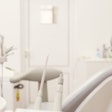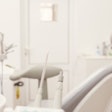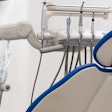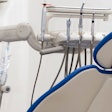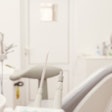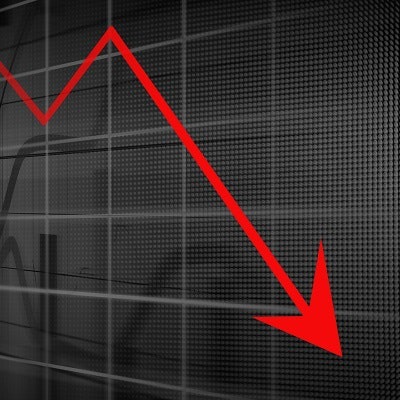
The percentage of dental staff members receiving their full pay decreased by almost 60% in the past two weeks. New data from the ADA Health Policy Institute (HPI) show that 11% of staff received full pay during the week of April 6, down from 27% two weeks prior.
The numbers come from an ongoing survey of thousands of dentists in the U.S., many of whom are following ADA guidance to postpone elective procedures during the novel coronavirus outbreak. The results suggest dental practices are feeling financial pressure.
"The data tell a clear story," stated Marko Vujicic, PhD, chief economist and vice president of the HPI, in an ADA News story. "The early, proactive response by the dental profession to safeguard the safety of patients and help flatten the curve and preserve [personal protective equipment (PPE)] has, as expected, impacted dental practices in a major way."
Volume of patients, collections continues to decline
The first ADA HPI survey found that 76% of practices saw only emergency patients during the week of March 23. That rose to 79% for the week of April 6. Another 18% of practices were completely closed to patients.
The reported volume of both patients and collections also continues to decline, according to survey results.
About 94% of practices reported a patient volume less than 25% of its typical rate, up from 91% in the week of March 23.
Roughly 84% of respondents said their patient volume was less than 5% of its typical rate. Another 8% of practices reported patient volumes at 5% to 10% of normal, and 2% had volumes of 11% to 24%.
Furthermore, 92% of respondents said their collections were less than 25% of normal during the week of April 6, up from 82% the week of March 23.
Almost 69% of respondents said their collections were less than 5% of normal. Another 16% said collections were 5% to 10% of normal and 7.5% said they were 11% to 24% of normal.
"Short-term financial relief from the Coronavirus Aid, Relief, and Economic Security [CARES] Act, dental insurers, and other groups as well as the enhanced use of teledentistry could help ease financial shortfalls in the short term," Vujicic stated in the ADA News article.
Practice type variations
Similar to the previously released data, the statistics varied by dental service/support organization (DSO) status.
Almost 90% of survey participants affiliated with a DSO said their volume of collections was less than 25% of normal, compared with 92% of non-DSO participants. DSO respondents were also less likely to say their collections were less than 5% of normal (60% versus 69%).
Similarly, DSO participants reported higher patient volumes than non-DSO respondents.
About 74% of respondents affiliated with a DSO had less than 5% of typical patient volumes, compared with 85% of respondents from non-DSO practices. A minority of both DSO and non-DSO practices (roughly 4%) had more than three-quarters of typical patient volume.
"What is clear at this stage, however, is that the coming two to three months represent a critical juncture for the economic sustainability of many dental practices," Vujicic stated.








